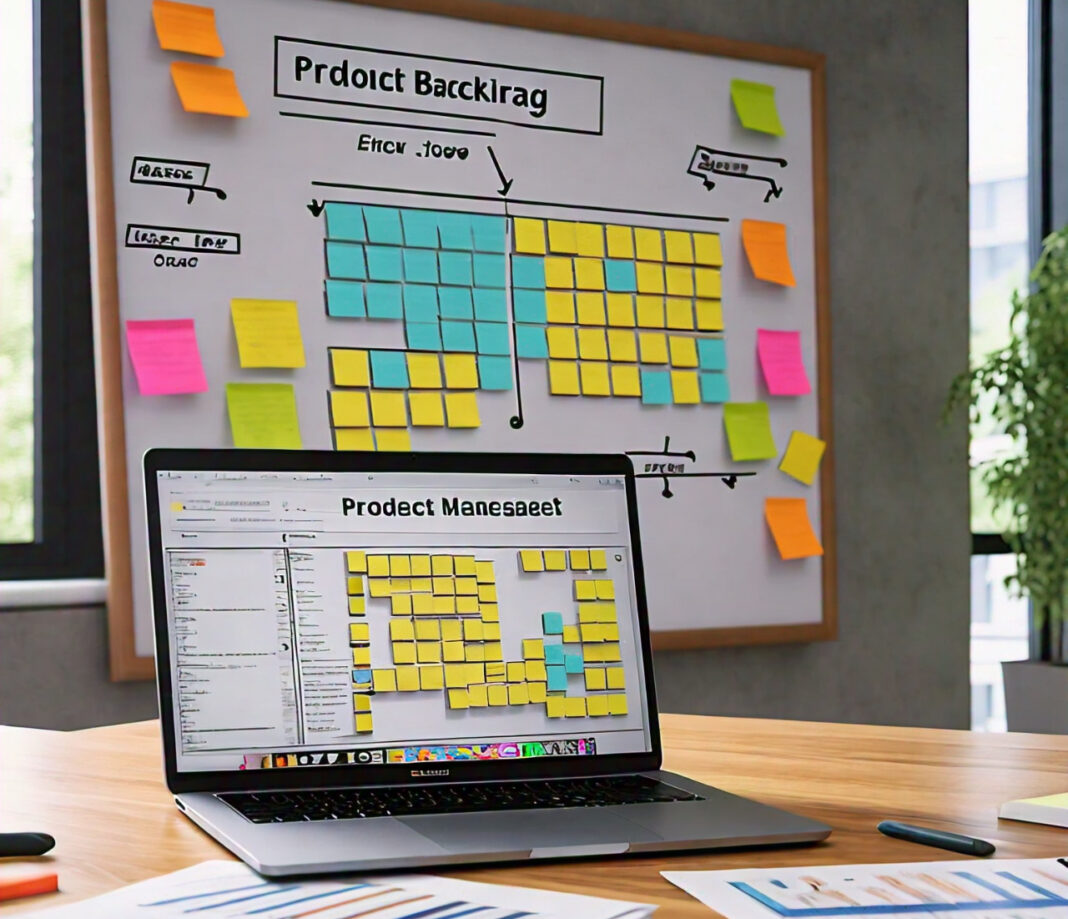In Agile, specifically in Scrum, the Sprint Retrospective is one of the processes that underpin continuous
improvement. Structured opportunity is provided to team members in looking back on the recently
completed cycle of work, laying down what went well, and detecting the strengths and weaknesses to design the plan of improvement of performance and processes.
Retrospective is just one of many typical examples of the application of one of the fundamental principles of Agile:
Constantly adapt and improve. In the next thorough review, we delve into the purpose, structure, best
practices, problems, and benefits of Sprint Retrospectives, illuminating the key role that it plays in the daily
dynamics of Agile teams.
Purpose of the Sprint Retrospective
The main purpose of a Sprint Retrospective is to have a review where teams discuss what went well, what
did not, and how to improve. It is carried out with the following purposes:
Fostering a Culture of Openness: It fosters a practice of open and honest people via constructive
feedback, through which a conducive environment is created, enabling team members to safely share
their thoughts and express their thoughts.
- Areas for Improvement: In the meeting, teams discover places in their work where they seem not
to do anything right and where issues or factors reduce the ability to work freely and satisfactorily. - Success Celebration: Successes and best practices are known, and appreciation boosts the morale
for the next, reinforcing the behaviors further. - Actionable Plans: At this point, the team members together devise concrete steps to solve the
problems identified and implement improvements during the next iteration.
The Sprint Retrospective Structure
A fairly well-structured Sprint Retrospective meeting involves the following steps or stages:
- Set the Stage: The first of the five stages is about setting up a safe environment for team members
to interact. The facilitator can begin by providing a rough outline of the agenda, reminding the team of
the goals of the Retrospective, and some ground rules for healthy discussion. - Gather Data: The team reflects on the last sprint and the feedback can be taken on all elements of
the team’s work. That may include discussing what worked well, what did not, and some surprises or anything
that has come up. Techniques that could be used for gathering this data would include Start-Stop-
Continue and Mad-Sad-Glad.





